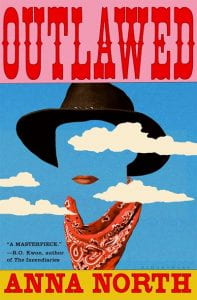ETL523 – Assessment 2
Throughout my modest 10 years of teaching, my teacher training before that and my overall life experiences, I have observed – from the outside, it seems – both the rapid rise of technologies and the seemingly chaotic ways in which we engage with them. We are all still scrambling to keep up and understand, resulting in a hodgepodge approach and feelings of overwhelm, as well as a bit of gaslighting: do we really need to worry? aren’t the kids alright?
This course on Digital Citizenship – a concept that was new to me – has both clarified all my disparate concerns and thoughts and given them a theoretical framework. Yes, this is an important issue, it is happening and yes, we do need to worry – a bit.
As I explored in my blog post “My GAI Worldview“, I have been uncritical of new digital technologies not by blindly accepting them, but by largely ignoring them. I’ve played it safe, learning how to blog, create memes and scrape the surface of AI so that I can warn students away from it during Academic Integrity presentations. But as a Teacher Librarian, I will need to embrace a different approach. Digital technology isn’t something that is going away, and it isn’t something I can largely ignore. The Teacher Librarian (TL) is in an ideal position to both assess the digital learning environment of the school and to consider – and, hopefully, implement – best practices for addressing key issues.
A TL is an information specialist, and information comes in many forms. It makes sense that digital information is a necessary part of the TL’s role as both a teacher and a librarian. I learned some interesting things about digital literacy, not least of which is that there are several different theories. I appreciated the point made by Bacalja et al (2022) and others that digital literacy doesn’t mean simply ‘knowing how to use a digital tool’ (like Padlet, Microsoft Word or Canva), though that is a part of it. I found Pangrazio’s (2016) approach quite invigorating, because it spoke to the political nature of education by stressing the importance of teaching students to explore the ideologies embedded in online information. We do so much of this with ‘traditional’ texts – books, films, artworks – in senior secondary courses that it seems like a natural fit to extend this to digital resources.
The TL is in an ideal position to help with this, as they both manage the library collection and resource the curriculum. Theoretically, they have the time to research, plan and prepare in collaboration with subject teachers – though with the increased administrative burden placed on all staff, this time is being eroded more and more. Even so, the school library could function as the epicentre of a digital literacy program that both upskills staff and helps educate students. It is an invigorating concept!
References
Bacalja, A., Beavis, C., & O’brien, A. (2022). Correction to: Shifting landscapes of digital literacy. The Australian Journal of Language and Literacy, 45(3), 389-389. https://doi.org/10.1007/s44020-022-00027-x
Pangrazio, L. (2016). Reconceptualising critical digital literacy. Discourse: Studies in the Cultural Politics of Education, 37(2), 163-174. https://doi.org/10.1080/01596306.2014.942836.

















Recent Comments
shannon.badcock
"Yes I wondered/worried about that. I find it hard to separate it from ..."
ederouet
"What a great looking blog! I love your widgets and use of categories ..."